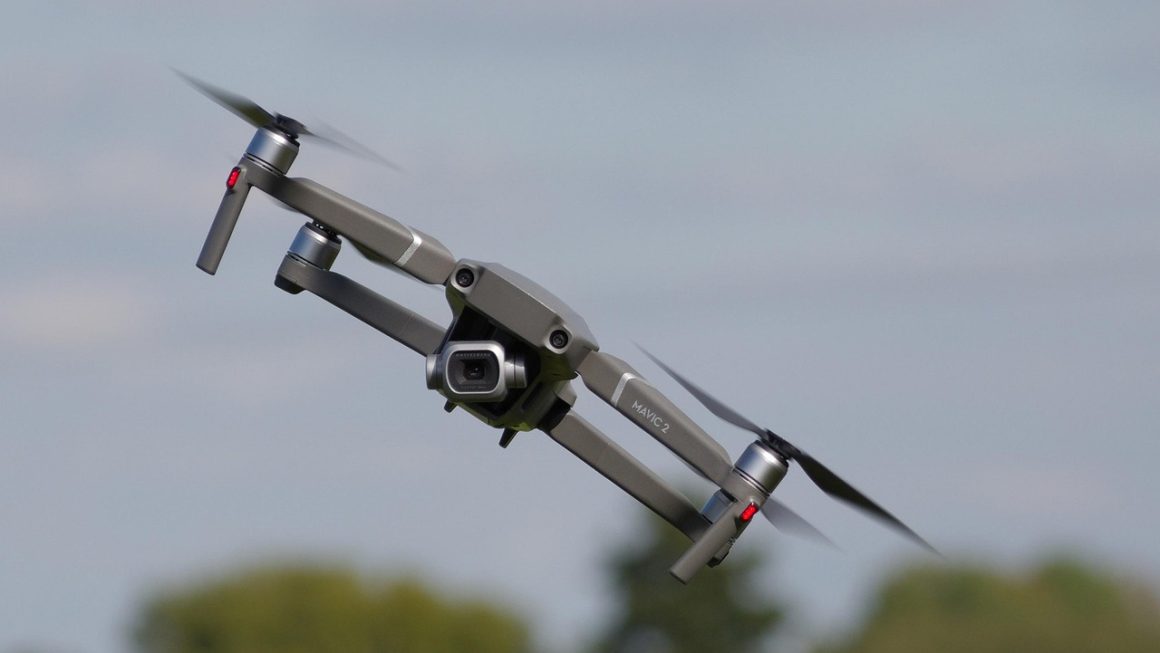The relentless march of innovation in consumer tech continues to reshape our lives at an unprecedented pace. From the smartphones we rely on for communication and entertainment to the smart home devices that automate our daily routines, consumer technology is becoming increasingly integrated into every aspect of our existence. Navigating this ever-evolving landscape can be challenging, but understanding the latest trends and developments is essential for making informed decisions and leveraging the power of technology to improve our lives. This blog post dives deep into the world of consumer tech, exploring key trends, offering practical advice, and highlighting the impact of these innovations on our future.
The Rise of Artificial Intelligence (AI) in Consumer Tech
AI-Powered Personal Assistants
Artificial Intelligence is no longer a futuristic concept; it’s a present-day reality that is transforming how we interact with technology. One of the most prominent examples is the proliferation of AI-powered personal assistants like Siri, Alexa, and Google Assistant.
- Functionality: These assistants can perform a wide range of tasks, from setting reminders and playing music to controlling smart home devices and providing information.
- Learning & Adaptation: They learn from our behavior and preferences, becoming more personalized and efficient over time.
- Practical Example: Imagine asking your smart speaker to dim the lights, play your favorite playlist, and set the thermostat to a comfortable temperature, all with a simple voice command.
AI in Photography and Image Processing
AI is also revolutionizing photography. Smartphones now feature AI-powered cameras that can automatically optimize settings, enhance image quality, and even identify objects and scenes.
- Scene Recognition: AI algorithms can recognize different scenes, like landscapes, portraits, or food, and adjust camera settings accordingly.
- Image Enhancement: AI can improve image quality by reducing noise, sharpening details, and enhancing colors.
- Computational Photography: Features like portrait mode, night mode, and HDR rely heavily on AI to produce stunning images in various conditions.
- Actionable Takeaway: Explore the AI features in your smartphone’s camera app to improve your photography skills and capture better photos with minimal effort. For example, experiment with different scene modes and learn how to use the AI-powered editing tools.
The Expanding World of Wearable Technology
Smartwatches and Fitness Trackers
Wearable technology, such as smartwatches and fitness trackers, has become increasingly popular as people become more health-conscious. These devices offer a range of features to monitor our health and fitness.
- Health Monitoring: Heart rate monitoring, sleep tracking, and activity tracking are common features.
- Connectivity: Smartwatches allow you to receive notifications, answer calls, and control music directly from your wrist.
- Advanced Features: Some devices offer advanced features like ECG monitoring, blood oxygen level measurement, and fall detection.
- Example: The Apple Watch and Fitbit are popular choices, offering a wide range of features and integrations with other apps and services.
Augmented Reality (AR) and Virtual Reality (VR) Wearables
AR and VR wearables are poised to transform how we interact with the digital world. While still in their early stages, these technologies have the potential to revolutionize gaming, education, and even healthcare.
- AR Glasses: AR glasses overlay digital information onto the real world, offering hands-free access to information and immersive experiences. Example: The Microsoft HoloLens is used in various industries for training and collaboration.
- VR Headsets: VR headsets create immersive virtual environments, allowing users to experience simulated realities. Example: The Meta Quest 3 is a popular VR headset for gaming and entertainment.
- Potential Applications: VR can be used for virtual tourism, medical training, and even treating phobias.
- Actionable Takeaway: Research available AR and VR applications that align with your interests. Many museums offer virtual tours, and there are numerous educational VR experiences available. Consider trying a VR headset at a local electronics store to experience the technology firsthand.
The Evolution of the Smart Home
Connected Devices and Automation
The smart home is no longer a futuristic concept; it’s a reality for many consumers. Connected devices and automation systems are making our homes more convenient, efficient, and secure.
- Smart Lighting: Control your lights remotely, schedule lighting scenes, and even change the color of your lights.
- Smart Thermostats: Save energy and money by automatically adjusting your thermostat based on your schedule and preferences.
- Smart Security Systems: Monitor your home remotely with security cameras, door sensors, and motion detectors.
- Voice Control: Control your smart home devices with voice commands using AI assistants like Alexa or Google Assistant.
- Practical Example: Setting up a routine where the lights dim, the thermostat adjusts, and the doors lock automatically when you say “Goodnight” to your smart speaker.
Security and Privacy Concerns
While smart home technology offers numerous benefits, it also raises concerns about security and privacy.
- Data Security: Smart home devices collect data about your habits and preferences, which can be vulnerable to hacking.
- Privacy Concerns: Some devices have microphones and cameras that can be used to monitor your activities.
- Mitigation Strategies: Use strong passwords, enable two-factor authentication, and regularly update your device firmware to protect your privacy and security. Read the privacy policies of the devices and services you use.
- Actionable Takeaway: Regularly review the security settings of your smart home devices. Disable features you don’t need, and be mindful of the permissions you grant to apps and services. Consider using a separate Wi-Fi network for your smart home devices to isolate them from your primary network.
The Future of Mobile Technology
5G and Beyond
5G technology is transforming mobile connectivity, offering faster speeds, lower latency, and increased capacity. This is enabling new possibilities for mobile applications and services.
- Enhanced Mobile Experiences: Faster download speeds, smoother streaming, and more responsive online gaming.
- New Applications: 5G is enabling new applications like augmented reality, virtual reality, and autonomous vehicles.
- IoT Connectivity: 5G is supporting the growth of the Internet of Things (IoT) by providing reliable connectivity for a massive number of devices.
- Beyond 5G: Research and development are already underway for 6G technology, which promises even faster speeds and lower latency.
Foldable and Flexible Displays
Foldable and flexible displays are pushing the boundaries of mobile device design, offering larger screens in more compact form factors.
- Benefits: Increased screen real estate for multitasking and media consumption.
- Challenges: Durability concerns, high prices, and software optimization.
- Examples: Samsung Galaxy Z Fold and Z Flip series represent this technology.
- Future Potential: Expect to see more innovative designs and improved durability as the technology matures.
- Actionable Takeaway: Consider the trade-offs between screen size, portability, and durability when choosing a foldable device. Research reviews and consider your usage patterns before making a purchase. Protect your device with a case and screen protector to minimize the risk of damage.
Conclusion
Consumer tech is a constantly evolving field with the potential to transform our lives in profound ways. From AI-powered personal assistants to smart home automation systems, technology is becoming increasingly integrated into every aspect of our daily routines. By staying informed about the latest trends and developments, we can make informed decisions and leverage the power of technology to improve our lives, increase efficiency, and enhance our overall well-being. However, it’s crucial to be mindful of the security and privacy implications and take proactive steps to protect our data and privacy. As we look to the future, we can expect even more exciting innovations that will continue to shape the way we live, work, and interact with the world around us.




